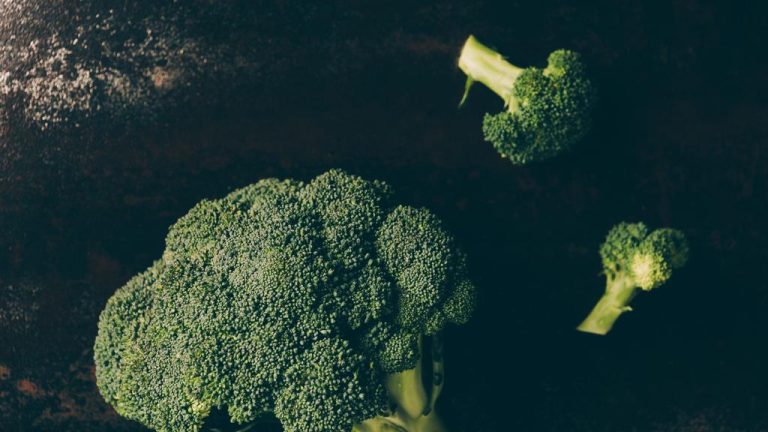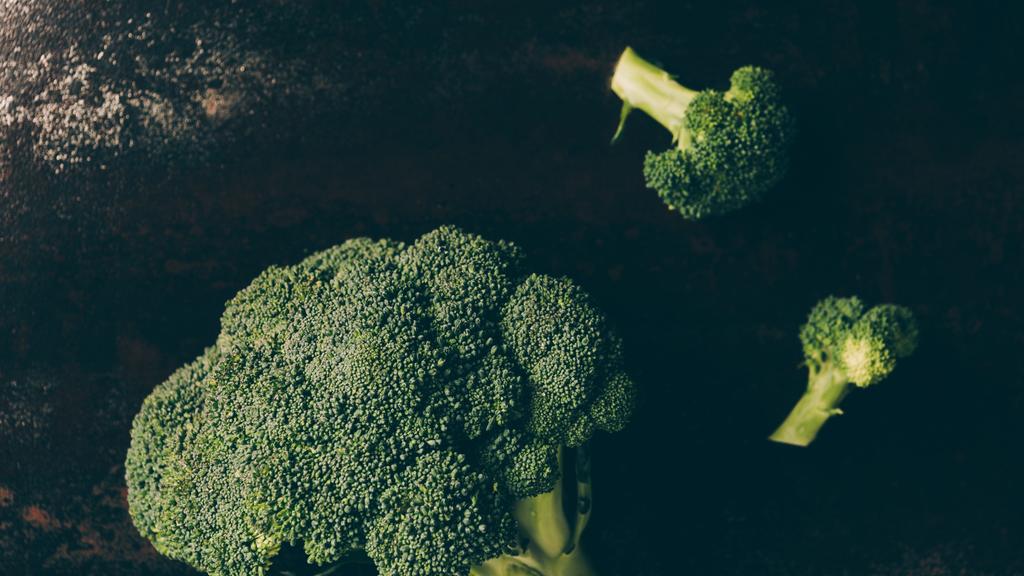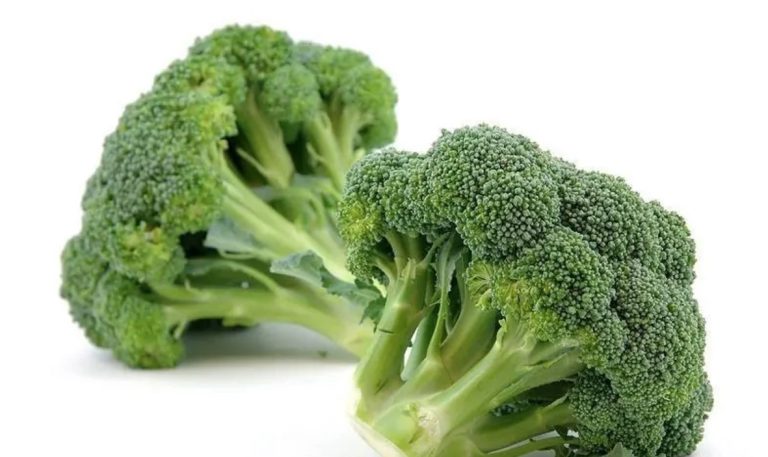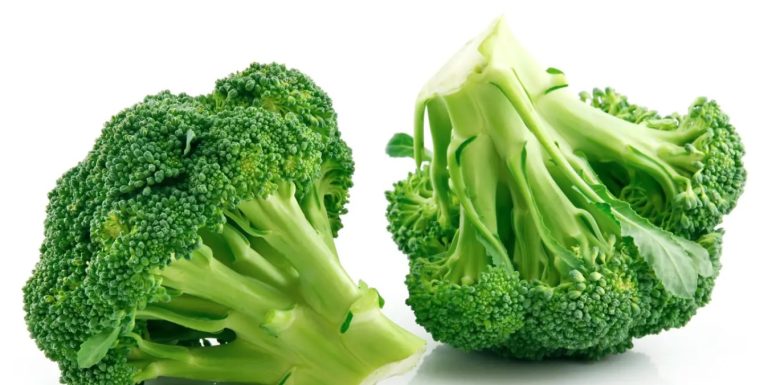Broccoli is a true power food that you can eat wonderfully raw. What “power” is in it and when should you not eat raw broccoli?
Eat broccoli raw – power food with lots of vitamins, minerals and glucosinolates
Raw broccoli contains many important vitamins and minerals that can break down during cooking. So in order to absorb as many nutrients as possible, you can eat broccoli raw. Organic broccoli is the healthiest for you and the environment.
Broccoli contains, among other things:
The minerals calcium, magnesium, sulfur and potassium,
Beta carotene – the precursor of vitamin A, as well
Vitamin C, Vitamin K and Vitamin B5.
As in other types of cabbage, glucosinolates (mustard oil glycosides) can be found in broccoli. These secondary plant substances have a positive effect on health. Anticarcinogenic and antibacterial properties are ascribed to them.
It is therefore worth trying the broccoli raw, whether in a smoothie or in a salad. Before eating, you should wash the broccoli thoroughly.
Note: For maximum vitamin and mineral retention, it is best to store broccoli in the vegetable drawer of your refrigerator. You should consume it promptly (one to two days) after purchase.
Raw broccoli can cause stomach pain and bloating
Because broccoli is a cabbage, some people with sensitive digestive tracts may experience abdominal pain and/or bloating when eating broccoli raw.
If you are prone to the above side effects, you can try the following:
Chew the broccoli very well.
only eat small amounts raw at first,
rather eat the florets as they are more digestible than the stalk.
If you don’t like the florets raw even after following these tips, you can blanch or steam the broccoli – possibly with the addition of a little caraway or fennel (depending on your taste). In this way, most of the valuable nutrients remain available and flatulence should be reduced.













